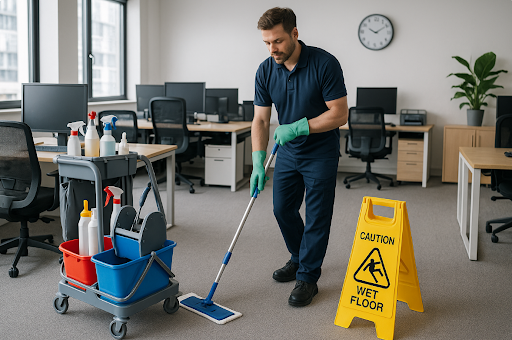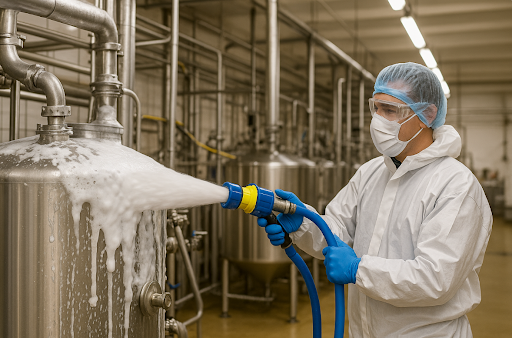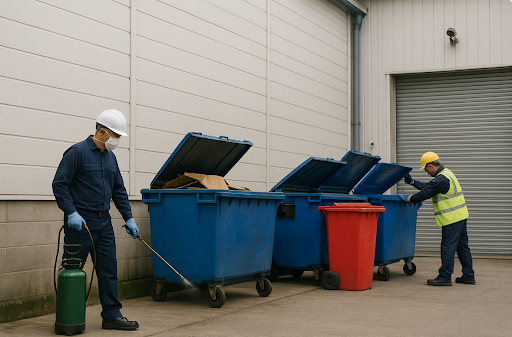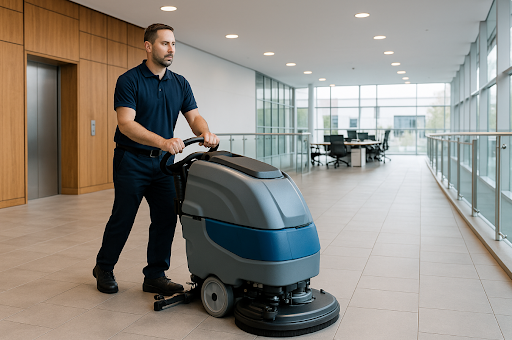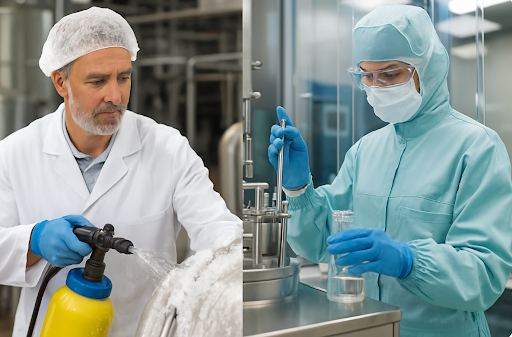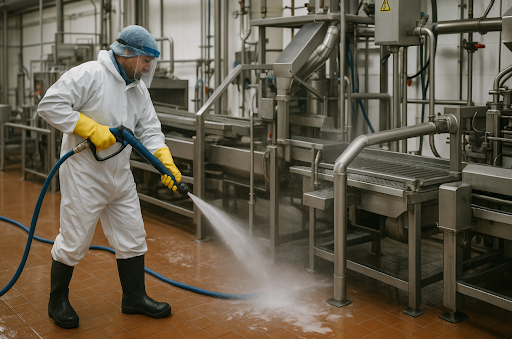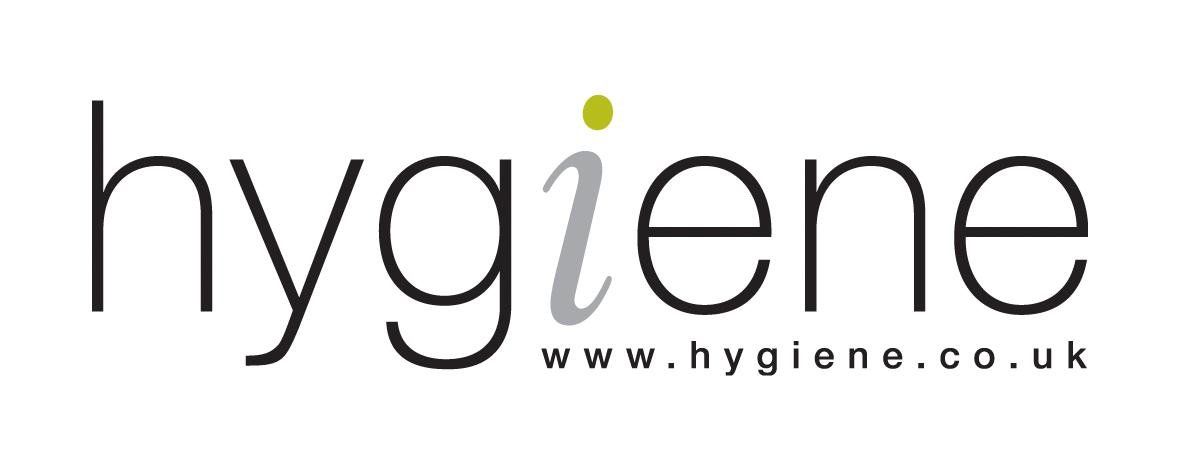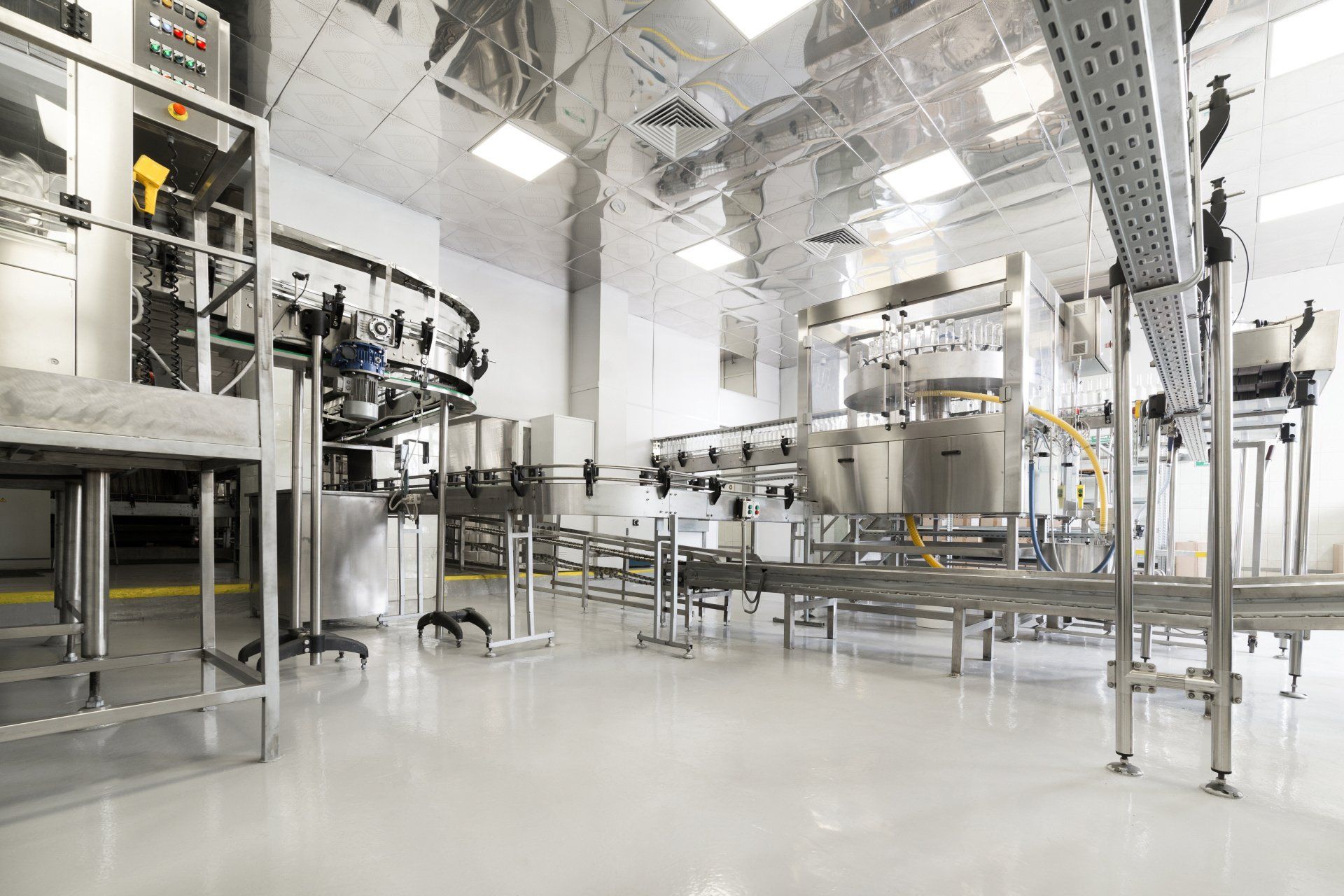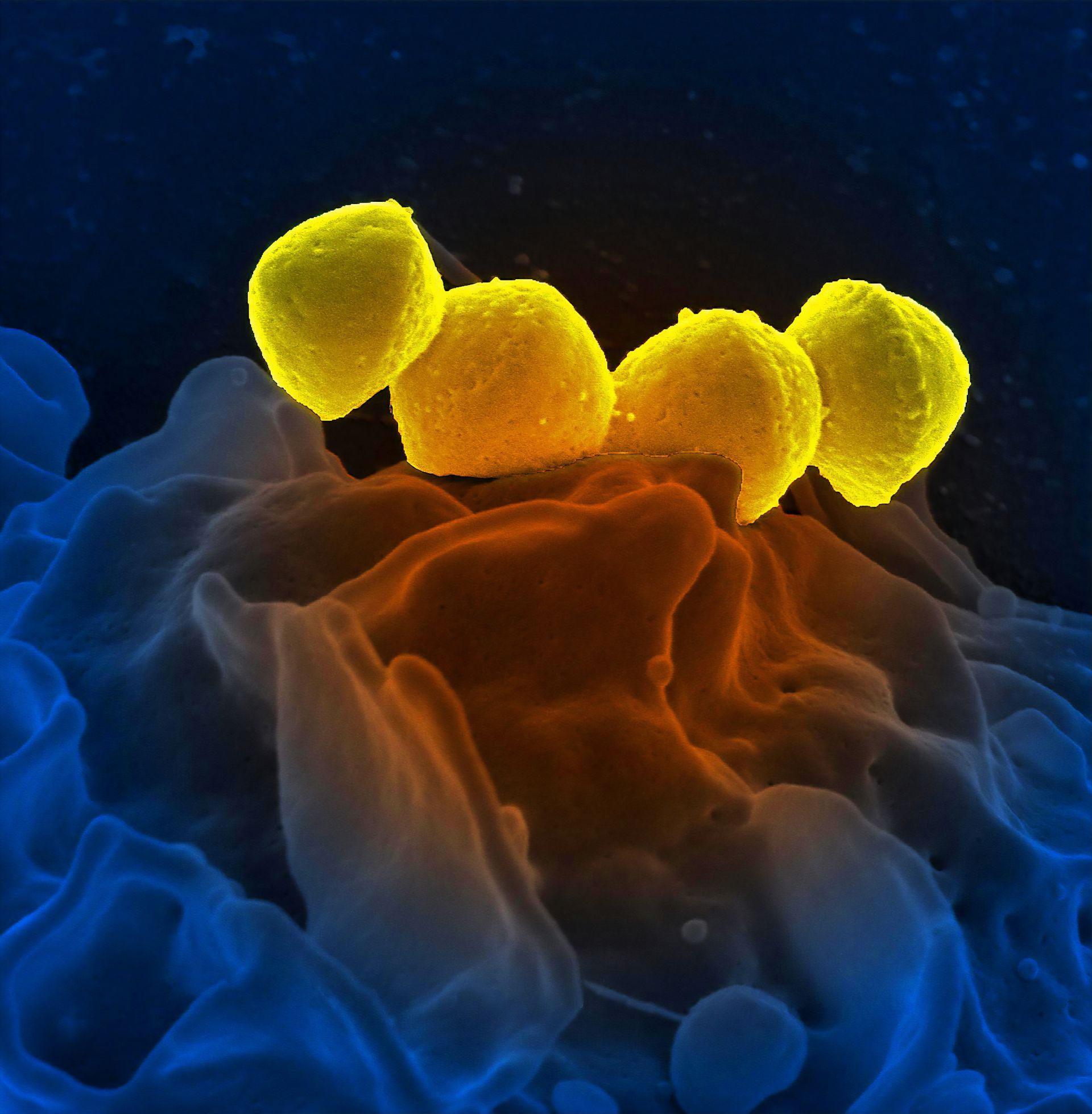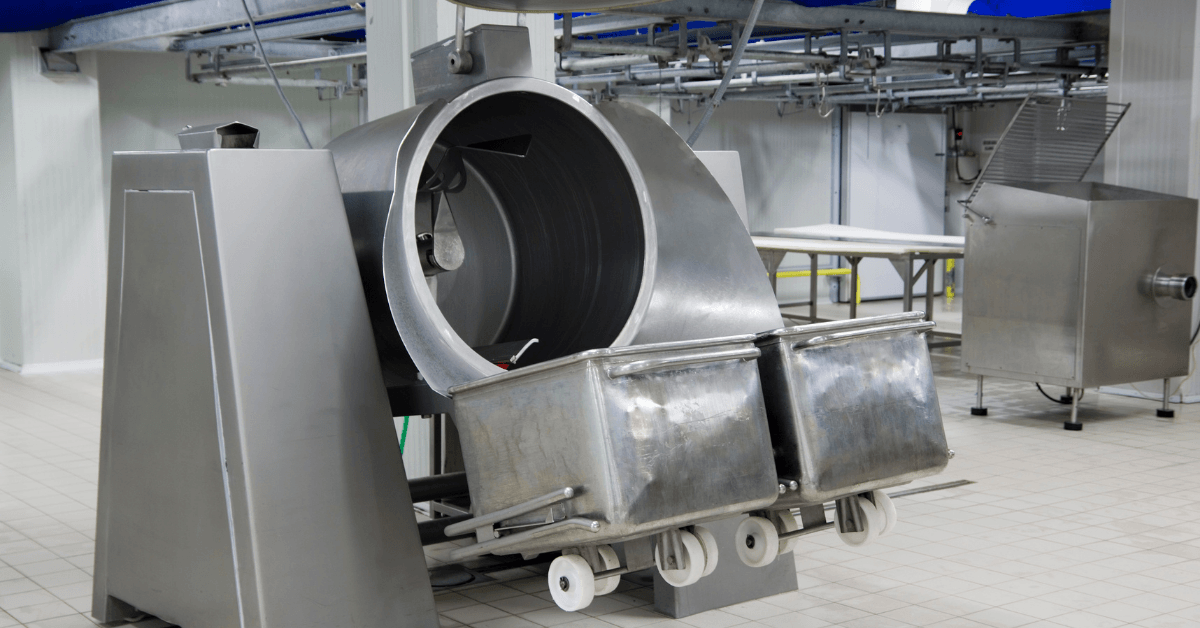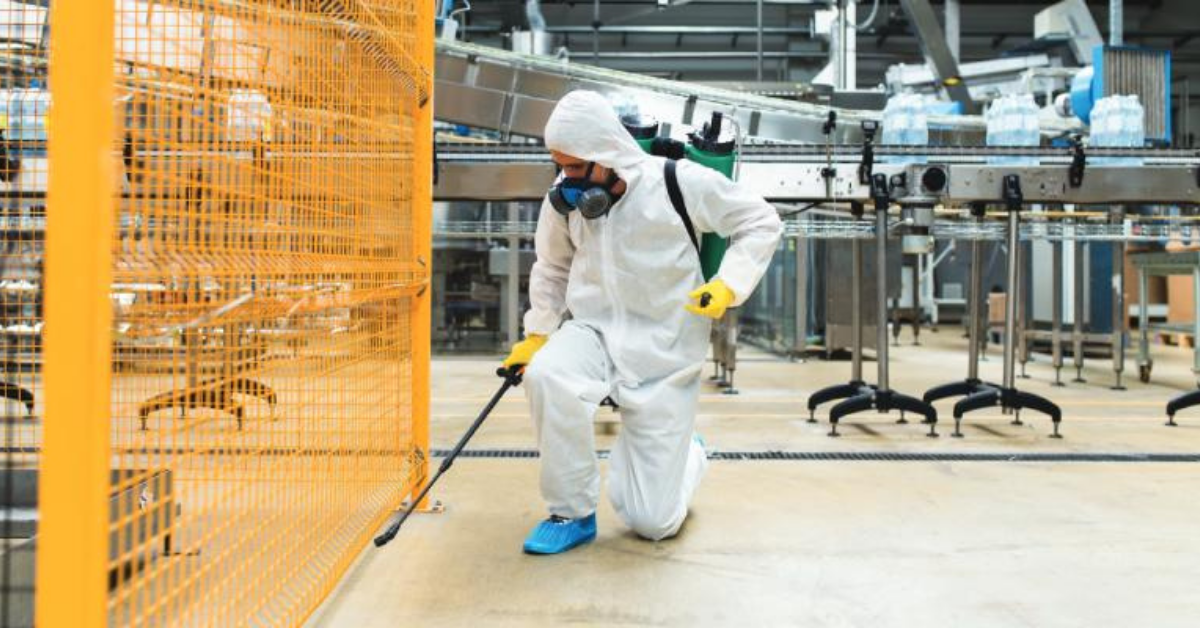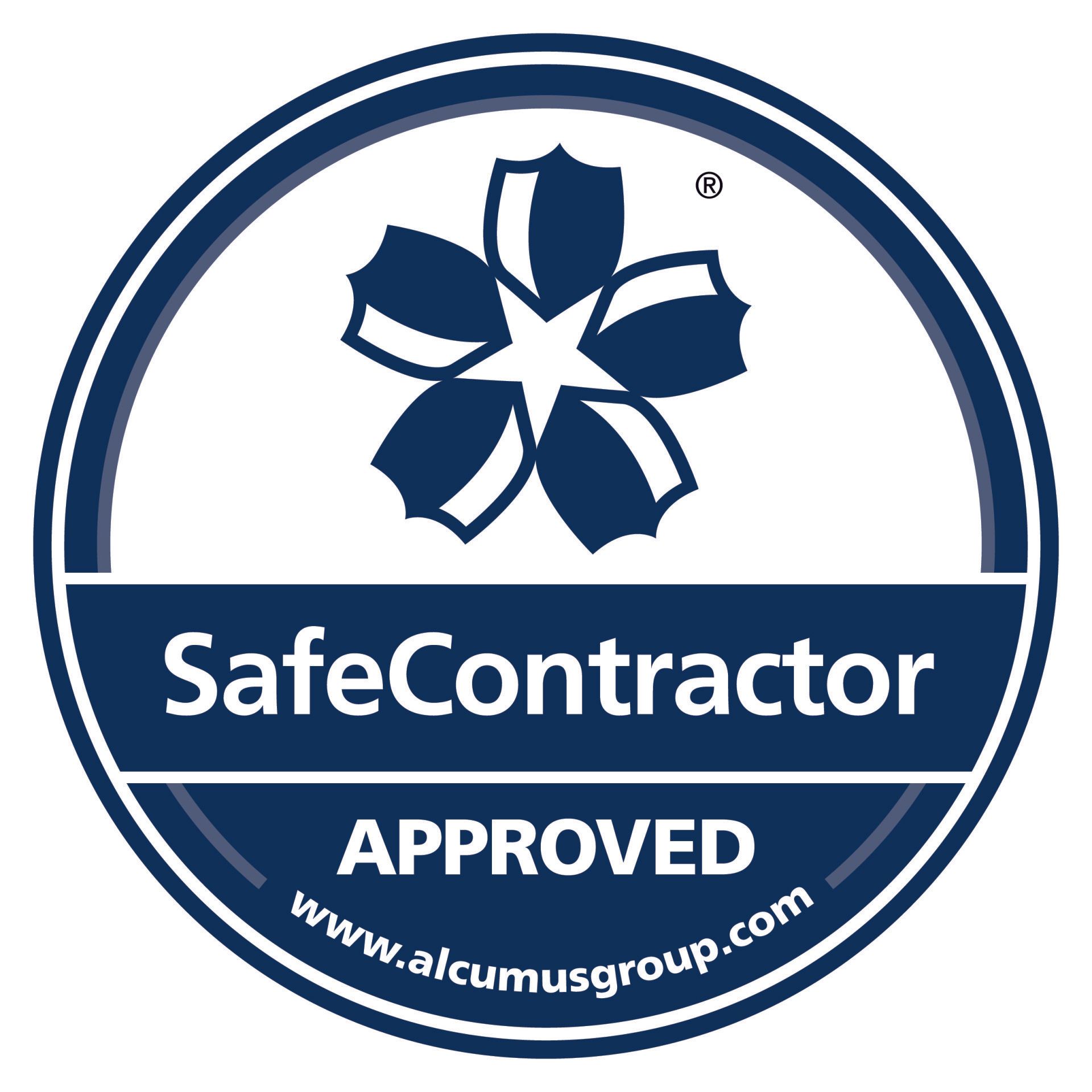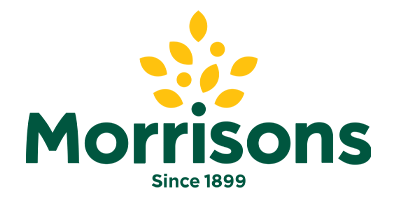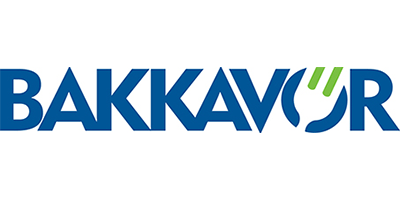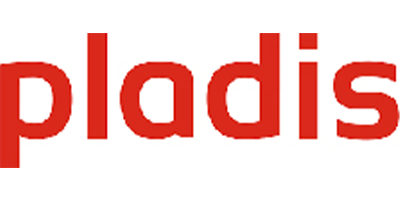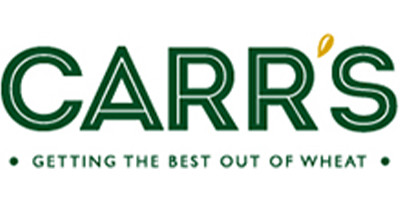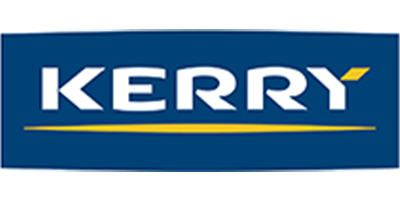Specialist Cleaning Challenges: High-Level Areas and Industrial Equipment
When your facility’s ceilings, rafters, or heavy machinery aren’t cleaned properly, you’re not just neglecting aesthetics—you’re risking safety, compliance, and uptime. High-level cleaning and plant/equipment cleaning demand specialist skills, careful planning, and strict procedures. In-house teams often lack the required access equipment, safety systems, or cleaning validation know-how.
Here, we explain why these two disciplines are particularly challenging, how expert providers handle them, and why integrating both under one trusted partner like Hygiene Group ensures consistency, safety, and audit-readiness.
Understanding the risks and challenges
Working at height or in complex structures
High-level zones—ceiling grids, roof structures, catwalks, overhead gantries—often accumulate dust, debris, bird droppings, and process residues (oils, dust, particulates). Left unattended, these pose:
- Health & safety risks: Falling debris, slippery surfaces, or obstructed sprinkler systems.
- Fire load accumulation: Dust build-up adds combustible volume.
- Air filtration burden: Dirty overheads shed into HVAC systems, increasing maintenance.
Because of the height, structural complexity, and restricted access, only well-trained teams using rope access, MEWPs, bosun’s chairs, or scaffolds should perform this work. Hygiene’s high-level cleaning services UK teams are skilled and certified for these environments.
Machinery, production lines, and process equipment
Equipment cleaning is equally critical—and delicate. Machines, conveyors, mixers, dryers, and packaging lines often:
- Operate continuously, so cleaning must be phased without excessive downtime.
- Have narrow tolerances or moveable parts where liquid or abrasive cleaning ingress can damage alignment or seals.
- Require audit-grade hygiene for product lines (food, pharma, chemicals).
The discipline for equipment cleaning services in the UK demands not only correct detergents and validated protocols, but intimate knowledge of how to approach surfaces, seals, inlets, motors, sensors, and access panels. Hygiene Group’s plant and machinery cleaning offering emphasises tailor-made schedules and controlled delivery to protect throughput.
Why in-house teams often fall short
Many facility teams have skilled operators or maintenance staff who handle minor cleaning, but high-level and intricate machinery cleaning often requires:
- Specialist access training (e.g., rope access, IRATA, harness, rescue).
- Confined space & permit knowledge when accessing enclosures or internal machinery cavities.
- Validated cleaning protocols to ensure true removal of contamination rather than just visible dirt.
- Safety and supervision burdens covering fall arrest, work at height plans, supervision, and risk assessments.
- Downtime coordination; knowing when to slot the clean without halting critical processes.
Relying on generic labour increases risk of damage, rework, or regulatory non-conformances.
How specialists do it right: procedural approach
Here’s how a professional provider manages each discipline:
High-level cleaning process:
- Site survey and risk assessment: Map overhead structure, cable trays, sprinkler systems, lighting, and roof leaks.
- Access planning: Choose a scaffold, MEWP, rope access, or bosun’s chair. Confirm load ratings, working zones, and exclusion zones.
- Cleaning methods: Depending on the soil, dry brushing, vacuuming, low-pressure misting, foam wash, or wet wipes are chosen.
- Safety controls: Fall protection, rescue plans, permit to work, barrier zones.
- Debris management & containment: Catch nets, drop sheets, controlled descent.
- Verification & documentation: Before/after photos, dust measurements, inspection logs.
Because of its scale and risk, industrial high-level cleaning is best done by teams experienced in industrial settings and safety systems.
Plant & equipment cleaning process:
- Asset audit and segmentation: Identify critical zones, sanitary vs. non-sanitary areas, robotically enclosed parts, and instrumentation.
- Cleaning method selection: Foam, CIP (Clean-in-Place), wet wipe, low-pressure spray, or steam, depending on soil load and product contact.
- Cleaning during shutdown windows or in stages: Coordinate with operations to avoid major stoppages.
- Disassemble or access panels carefully: Ensure cleaning reaches hidden cavities and food contact parts.
- Rinse, dry, sanitise: After cleaning, rigorous drying and application of sanitiser or biocide where permitted.
- Validation documentation: Test swabs, ATP, microbiological checks, and mapping of residues to pass thresholds.
Hygiene’s machinery cleaning protocols emphasise planned maintenance and tailor the schedule to your plant's complexity.
Benefits of combining both services under one provider
When one partner handles both high-level cleaning and equipment/plant cleaning, you get:
- Consistent standards and documentation — one audit trail, one supervision regime.
- Coordinated scheduling — overhead cleaning can precede or follow machinery cleaning without conflicts in access or exclusion zones.
- Safety integration — single safety team reduces permit overlaps, control zones, and handovers.
- Cost efficiencies — reduce scaffolding, repeated set-ups, and contractor duplication.
- Better accountability — one performance contract covers all critical cleaning tasks.
Because Hygiene Group already offers high-level cleaning services in the UK and equipment cleaning services in the UK, clients gain both under one trusted roof.
Practical guidance for facility managers
- Map your full asset set: Include overheads, trusswork, cable trays, motors, conveyors, robot cells, etc.
- Define your cleaning windows: Understand what parts of the plant can be isolated safely.
- Ask for risked cleaning plans: The Provider should supply method statements, risk assessments, and contingency plans.
- Specify performance criteria: e.g., allowed residue limits, visual acceptance, test swabs.
- Insist on continuous improvement: As the plant evolves, overheads and equipment surfaces change, and the cleaning plan must adapt.
Why Hygiene Group is well placed
- Deep experience in industrial high-level cleaning with rope access, MEWP, and structural safety protocols.
- A full asset knowledge base through plant & equipment cleaning, supporting numerous industrial clients.
- Integrated capability across multiple cleaning challenges — you’re not managing multiple contractors.
- Accredited systems, risk control, and technical depth, all backed by 35+ years in industrial hygiene services in the UK.
When overheads are dusty, motors are gummed, and your auditor is on site, you don’t want surprises. Choose a provider who understands how heights and machinery intersect—and ensures cleaning is safe, consistent, and auditable.
